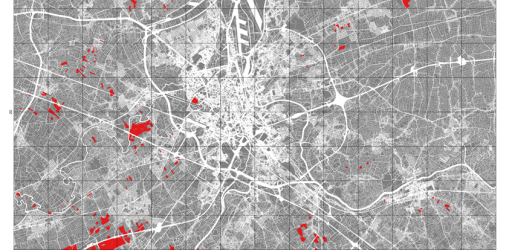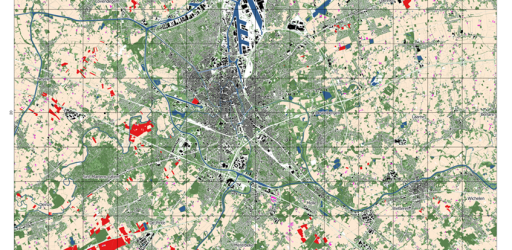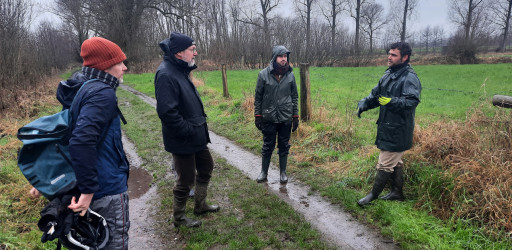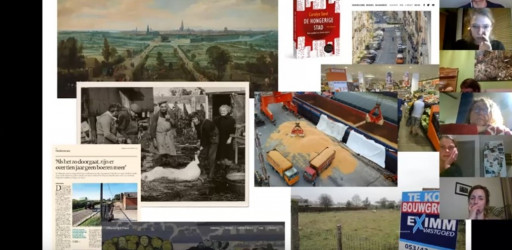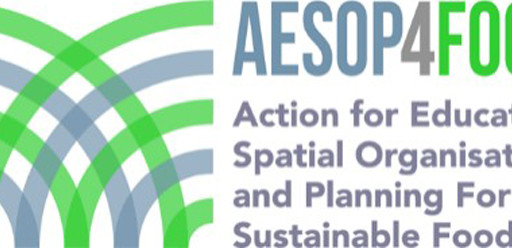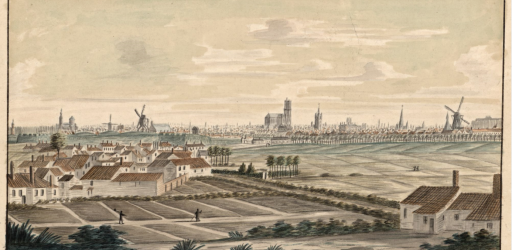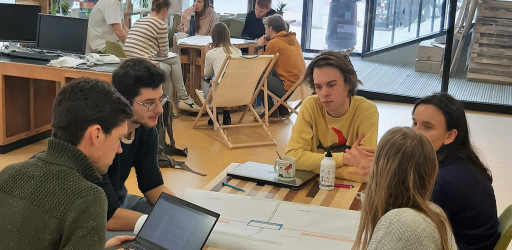Place for agriculture urban periphery
Trajectory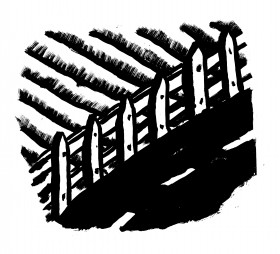
In this trajectory, we interrogate urban policy from the perspective of sustainable agriculture. In urban policy, agriculture is mostly conspicuous by its absence. In the opposition between city and countryside, agriculture does not belong in the city. The recent focus on urban agriculture, also in Ghent, already has the merit of breaking down this stereotypical dichotomy and also makes it clear that urban food policy need not be limited to discussions on sustainable consumption. But at the same time, the urban agriculture paradigm mainly fills the regained space for urban food production in the interstices of the existing city: on roofs, in the public domain, on brownfields, and on residual plots here and there. In this track, we turn the picture around and look for an urban vision of agriculture, one that the city can mould itself to rather than the other way around.
The starting point of this trajectory is that the current mode of urbanisation, in Ghent and elsewhere, excludes sustainable food production and systematically displaces it elsewhere. In this perspective, a sustainable urban food system presupposes a reorganisation of the city. This position is the reason for interrogating the city from the perspective of sustainable agriculture.
Activities, Education & Research
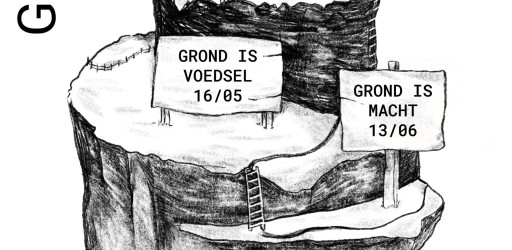
Gentse gronden sessie III: Grond is macht
13 juni 2024, vanaf 19uAbdijrefter STAM (Godshuizenlaan 2, Gent)

Gentse gronden sessie II: Grond is voedsel
16 mei 2024, vanaf 19uAbdijrefter STAM (Godshuizenlaan 2, Gent)

Gentse gronden sessies I: Grond is landbouw
18 april 2024, vanaf 19uAbdijrefter STAM (Godshuizenlaan 2, Gent)
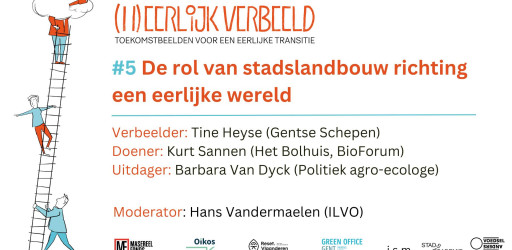
Just imagined: The role of urban agriculture towards a fair world
Wednesday 15 March 2023, 19:30Krookcafé, Ghent
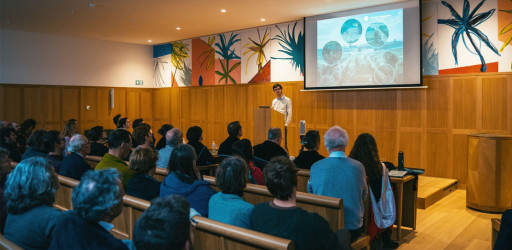
Doctoraatsverdediging Hans Vandermaelen
Thursday 2 February 2023, 16:15Auditorium Vandenhove, Rozier 1, 9000 Gent
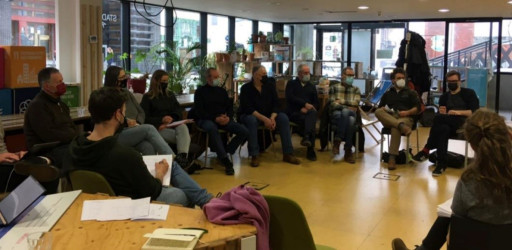
Stadsacademiesessie Landbouw en natuur in de grootstedelijke rand rond Gent
dinsdag 22 februari 2022Green Hub, Sint-Pietersnieuwstraat 31
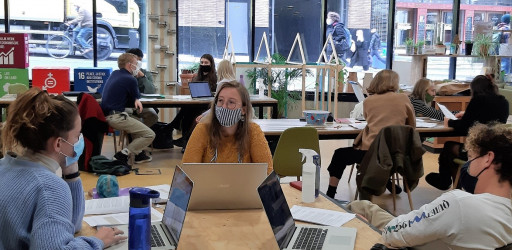
'Stadsacademie' session Ghent's food issue and its paradoxes
Tuesday 30 April 2019, 14:00Green Hub, Sint-Pietersnieuwstraat 31
